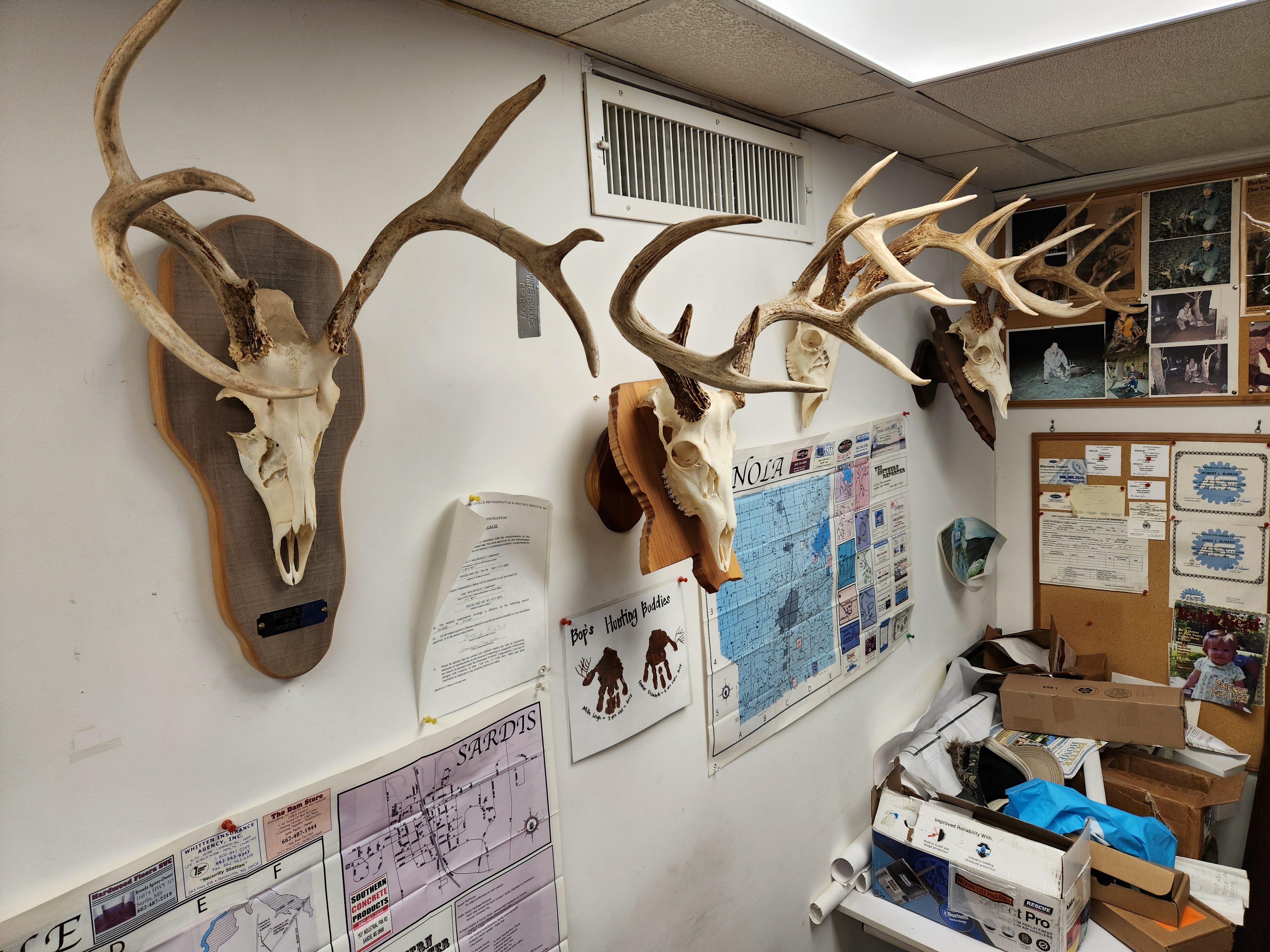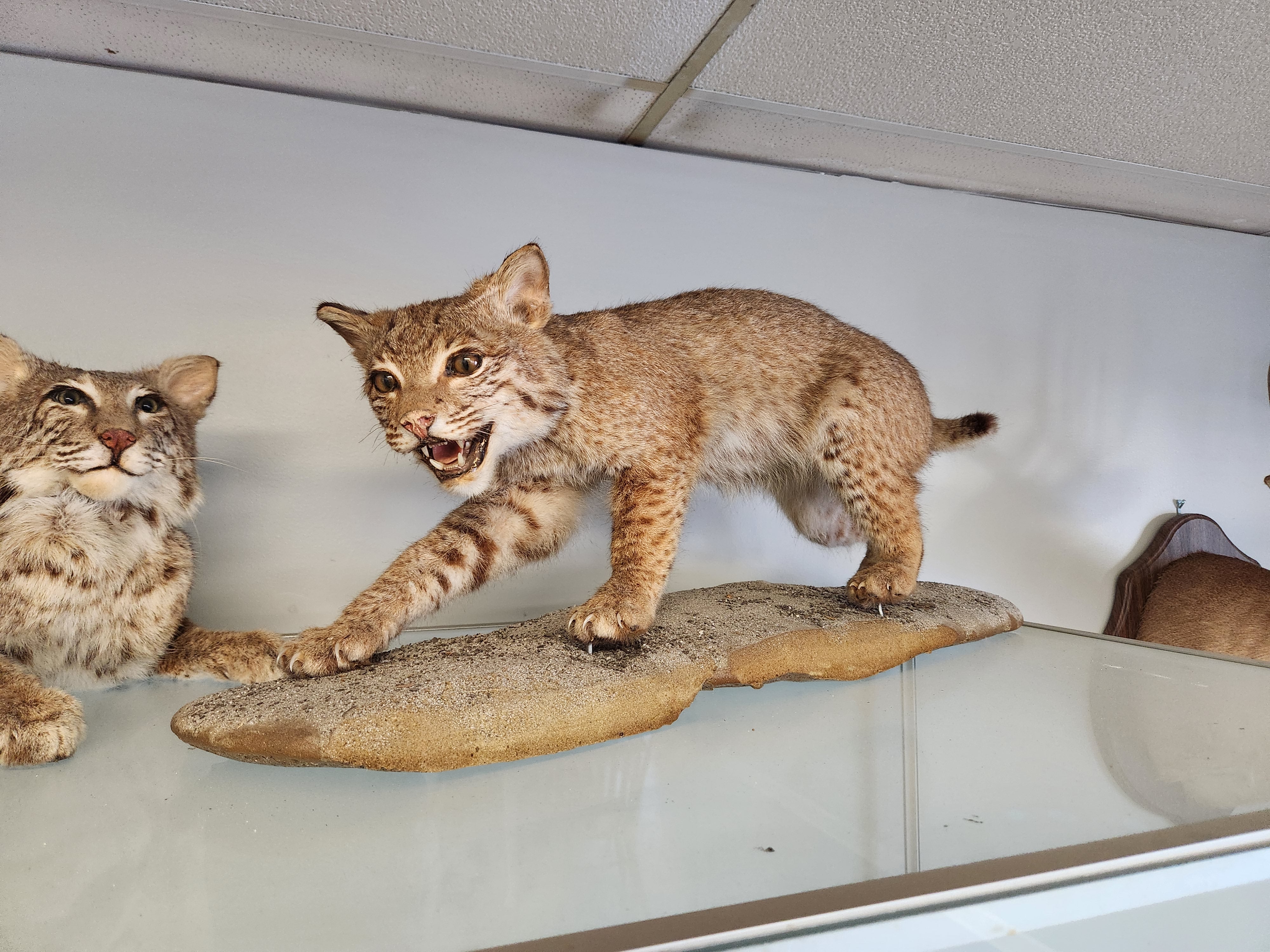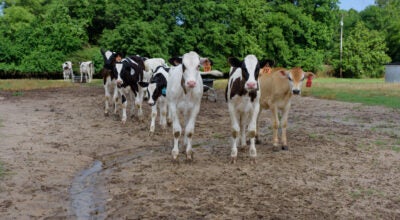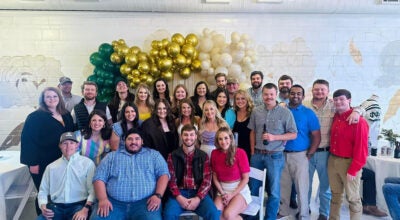It’s Been Years…but the memory of Burkes’ rare white deer is still fresh with Batesville businessman
Published 10:46 am Wednesday, November 1, 2023
By Angela Cutrer
For The Panolian
It was 36 years ago, but Jerry Burkes still remembers the day he pulled into his family land for a quick mid-day hunt, expecting to sit 30 to 40 minutes before any deer made an appearance.
But he didn’t have to wait long
Beforehand, Burkes had grabbed a shower at home, then went to get himself a hamburger, fully expecting a bit of a lounge in the fields off Highway 51.
“It was a clear, sunny day for December,” he said of the day back in 1987. “I pulled into one of the fields and rolled up to a gate – and there he was.”
Burkes got out of his truck, and naturally the deer took off. The good news was he wasn’t hard to follow: He was a rare piebald deer that glowed white. The bad news was he’d run into some woods. “I heard him in the woods rambling around and rubbing his rack against a tree, and then he just walked out.”
Burkes hauled up his Harrington-Richardson .45-caliber muzzleloader and “kaboom,” as he described it.
Burkes followed the injured deer only about 30 yards and it was over.
However, the memory of coming upon such a unique deer remains.
“We got the genes here” in that community, he said recently. “A friend killed one off River Road, but I never expected to get one. He was in the first field I got to – I hadn’t even got to my deer stand. He was just there, out in the open.”
Fewer than two percent of deer carry the Piebald trait. In most deer with this anomaly, the only unique obvious traits are the difference in their fur color, usually white with some brown markings. Mossy Oak publications claim hunters have approximately a 1 in 30,000 chance of seeing a Piebald.
It’s not always such a mild difference: The National Deer Association states that “Piebaldism is a rare genetic anomaly in whitetails that can include a range of potential deformities, from coat coloration to skeletal alignment, from mild to severe.
”The same genes that code for coat color also code for other physical traits. Shortened or crooked legs, hooves and spine are some of the physical traits apparent.
But Burkes’ Piebald was beautiful. Longtime local taxidermist Tony Coy worked on the deer’s carcass for presentation in a transparent case. “He went in this little ‘cage’ so he couldn’t get away,” Burkes said with a laugh. “No, he wasn’t going up on the wall like the others.”
Burkes’ Piebald still remains in its glass house. Burkes, who owns Batesville Refrigeration, may be older now, but he still hunts. He has two granddaughters and a grandson who are learning from their grandfather’s knee. “I have one granddaughter who killed two deer,” Burkes said. “And she’s only shot twice in her life.”
Burkes’ pride is easily evident. The grandchildren are learning from a man who has quite a few years hunting under his belt, and a white deer to prove that particular tale was not a tall one. Just a white one.







